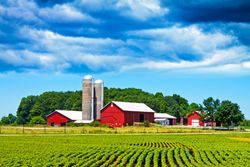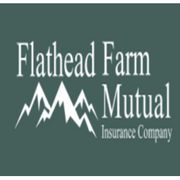
Farm insurance is a must to protect your farm, equipment, and additional structures like barns and storage sheds. If you’re on the market for this type of coverage, you may wonder what affects the rate of your premiums. Here are a few factors that may influence your costs and strategies for lowering them.
How Are Farm Insurance Costs Calculated?
1. Risk Factors
All properties, including farms, are associated with some level of risk. These risks are considered when calculating your insurance costs. For instance, a farm that invites visitors for horse rides can receive third-party claims due to injuries sustained on the property. This is also the case if food grown on your farm is known to cause foodborne illnesses, including E. coli infections. Increased insurance premiums ensure you have the proper funding to deal with any claims.
2. Size of the Property
 Much like home insurance, size matters when calculating farm insurance rates. In general, the larger the farm, the more it will cost to insure. Any free-standing buildings on your property, including your home and barn, will also need to be insured, so the more structures you have, the higher the cost.
Much like home insurance, size matters when calculating farm insurance rates. In general, the larger the farm, the more it will cost to insure. Any free-standing buildings on your property, including your home and barn, will also need to be insured, so the more structures you have, the higher the cost.
3. Location
Farms located in areas prone to storms, flooding, and tornadoes also face increased insurance rates. In the event of a storm, it might be impossible to operate until damage has been remedied, resulting in costly claims. Outfitting the property with safety devices, including fire alarms, may help drive down your premiums.
About the Business
Have a question? Ask the experts!
Send your question

